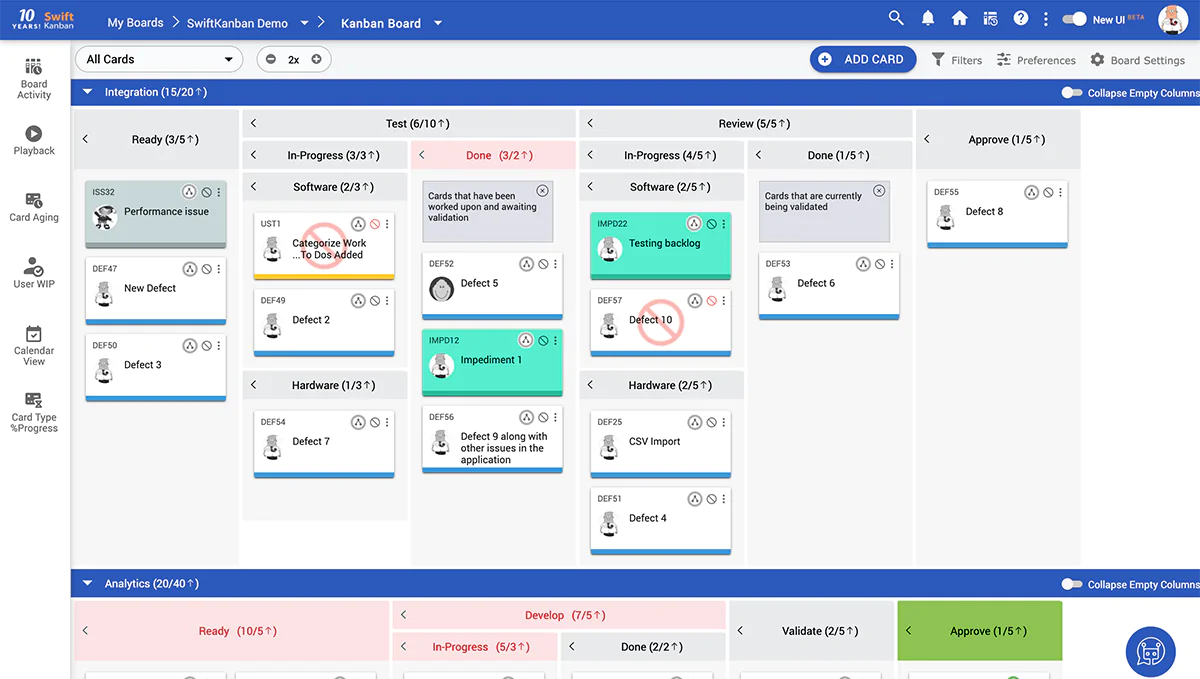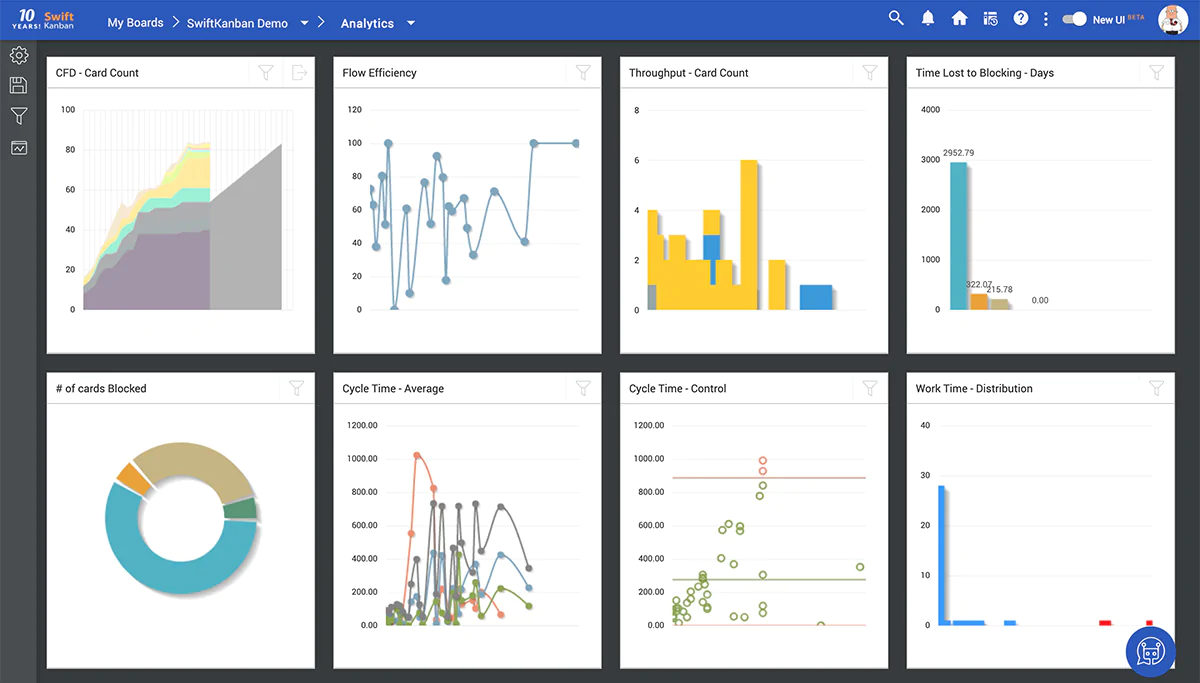 If you participated in the Kanban Coaching Masterclass, you are probably familiar with the grey squirrel story: it is basically about their competition with the red ones in the UK, which are endangered. The main reason for it is that the grey squirrels will deal best with pressure and some research even says that they may have outlasted the red ones due to their superior problem-solving skills.
If you participated in the Kanban Coaching Masterclass, you are probably familiar with the grey squirrel story: it is basically about their competition with the red ones in the UK, which are endangered. The main reason for it is that the grey squirrels will deal best with pressure and some research even says that they may have outlasted the red ones due to their superior problem-solving skills.
I’m not a specialist in the squirrels subject, but their example fits perfectly when we talk about Kanban coaching and finding practices that will overcome dysfunctional behaviors in our organization. There are many types of red and grey squirrels in organizations!
I believe the main red squirrel for us is the Command and Control, that happens when an organization doesn’t know how to deal with risk. The first answer for uncertainty in a low maturity company is not trust, but control. As coaches, we need to identify this and provide better options. It is very common that we see people accepting things like top-down requests and participating in dozens of meetings, filling huge spreadsheets, because someone is questioning; there are no deliveries or no predictability.
The first reaction to such a situation is normally to doubt the team’s ability to execute the work, as also the framework. Unfortunately, all these practices are like the red squirrel, they are not good under pressure, they kill innovation and they will probably make your company be outlasted by the competition.
So, what’s the grey squirrel?
It may sound too simplistic, but, basically, the grey squirrel for Kanban Coaches is visibility. If executives are under pressure and want fast solutions, it’s certainly not the fastest action to restructure a whole company, install a framework or change all the processes to implement hundreds of control policies.
The advantages of a simple solution as bringing visibility to a team process using Kanban are:
- You can invest your time where it’s really needed: problem-solving.
- Know which is the first problem you are solving and have clear indicators of the results, that’s how we provide fast solutions;
- You don’t need to wait for a crisis to get started, you can start improvements today.
Growing and finding other red squirrel populations
If you stay at the team level, you will probably have a good view of the work and maybe your organization doesn’t have so many dependencies to handle. You can just put everyone in a room and solve things. But, if you continue to grow to all teams in the organization, complexity grows with it and makes us find other red squirrels in the way.
That’s when giving visibility becomes more complex, because we need to handle several areas, with their own prioritization and dependencies, when we talk about a Portfolio Level. Although simple team boards work for a time, if the company agrees to pursue evolutionary change, we need to encourage acts of leadership at all levels.
Besides the lack of autonomy, another red squirrel at this point can be that, as the company grows, each area has its own way to handle work and give visibility about things not related to delivering new products. With the size, a lot of subjects such as automation, data, security and compliance becomes fundamental to give scale to the services provided to our clients.
I believe that it happens because, in big companies, policies arise every day, and it’s a challenge to keep them all explicit, but it’s something that can’t be ignored if you want to ensure the company’s culture. Everyone needs to speak the same language and, in this case, an image is worth a thousand words.
The challenge at the Portfolio Level is not only to give visibility, but to be the main source of information in the organization; it needs to be up to date and trusted. In a live environment, where you can have new teams being formed every day to accommodate new demands, it’s essential to manage the flow of new demand and discard or re-prioritize new ideas before they reach the commitment point.
Fortunately, the grey squirrel can be supported by tools that help us spread Kanban in the organization (such as Swiftkanban!) and make information clear and easy to access and understand by all management levels thru Dashboards.
How to know what to do or what kind of information to show? The way we can get to this point is the same that we need to keep evolving – thru feedback loops, listening to those who need this information to make better decisions: for teams management, providing information to improve value delivery, for products evolution, which will help solve real problems for our clients and to – the organization strategy, pursuing sustainable growth.
– Natalia Manha
Lean Portfolio Governance at PagSeguro




 ” alt=”The-Importance-of-Upstream-Kanban” />
” alt=”The-Importance-of-Upstream-Kanban” />




